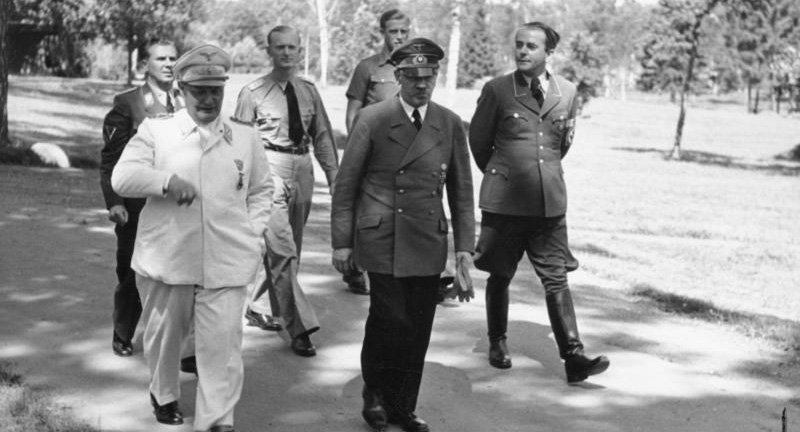David de Jong in Literary Hub:

The invitations, sent by telegram four days earlier, left no doubt. The capital was calling. On Monday, February 20, 1933, at 6 pm, about two dozen of Nazi Germany’s wealthiest and most influential businessmen arrived, on foot or by chauffeured car, to attend a meeting at the official residence of the Reichstag president, Hermann Göring, in the heart of Berlin’s government and business district.
The attendees included Günther Quandt, a textile producer turned arms-and-battery tycoon; Friedrich Flick, a steel magnate; Baron August von Finck, a Bavarian finance mogul; Kurt Schmitt, CEO of the insurance behemoth Allianz; executives from the chemicals conglomerate IG Farben and the potash giant Wintershall; and Gustav Krupp von Bohlen und Halbach, chairman-through-marriage of the Krupp steel empire.
Three weeks earlier, Adolf Hitler had seized power in Germany after concluding a backroom deal that led the Reich president, Paul von Hindenburg, to appoint Hitler as chancellor. Now the leader of the Nazi Party wanted to “explain his policies” to the group of industrialists, financiers, executives, and heirs, or at least that’s what he’d led them to believe.
More here.
